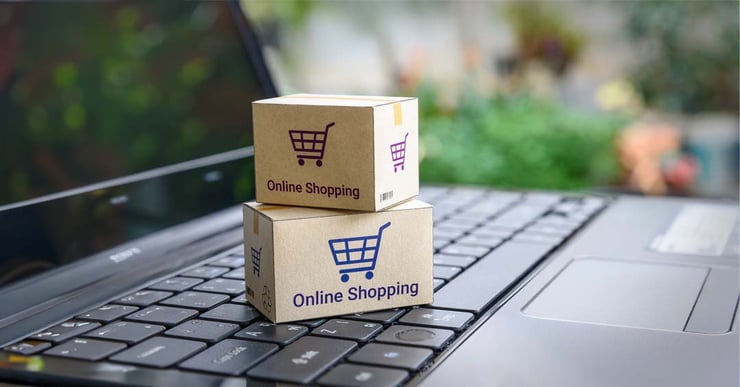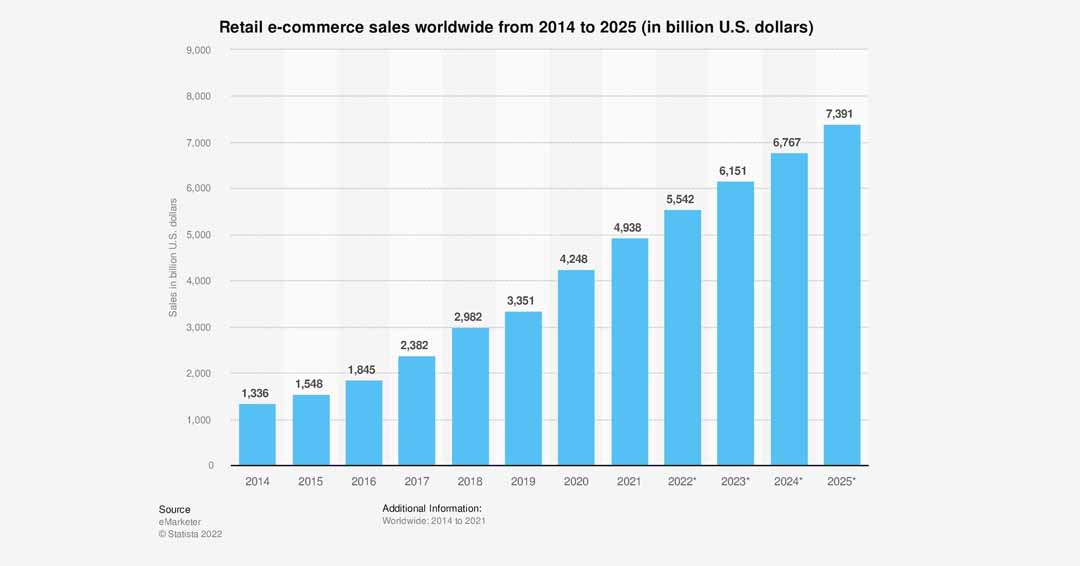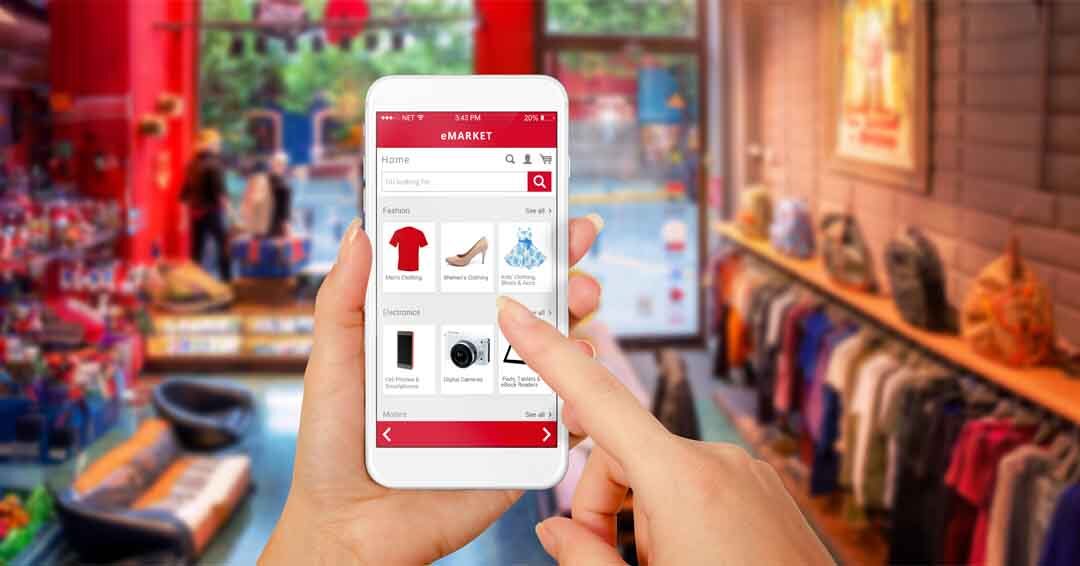
Blending the logic of physical retail with those necessary online, monitoring the activities on the reseller sites and the sentiment of the users, in the same way in which sales force teams analyse the trend of sales and interactions with consumers.
Studies, analysis and research have irrevocably attested to this: the health emergency has led to a real cultural revolution that has pushed people, brands, organisations and institutions to accelerate their attention to the digital world. This is demonstrated by the boom in subscriptions to content platforms such as Netflix, Disney and Prime, the growing number of e-gamers (Animal Crossing: New Horizons has, for example, 7 million users in Europe), as well as the increase in time spent on social media and creating video content. Undoubtedly, however, retail is the one that has made the most of the push towards digital to increase e-commerce and omnichannel strategies. And it is an impulse that will not slow down in the short term: for Statistaonline retail sales worldwide in 2021 were worth $5 trillion and will reach a market share of 24.5% in 2025 (equal to nearly $7.391 billion ).

Digital shopping journey: towards omnichannel sales
It is undeniable that the pandemic has made e-commerce mainstream, changing some consumer attitudes and creating new ones.
People are looking for the same experience, no matter what channel they're on, and they want to be able to move seamlessly from digital (e-commerce and m-commerce) to physical retail. They are looking for an experience that lives up to, if not exceeds, their expectations. In short, they expect resellers to know their needs, their desires and above all their shopping habits, and to commit to providing a more personalised and contextualised shopping experience than ever before. But taking care of the experience in this hyper-connected world and omnichannel sales brings with it the need to transmit clear and univocal messages, and also implies the obligation for brands and retailers to be consistent and transparent.

The consumer at the centre, even online
Until a few years ago understanding the customer was mainly a prerogative of physical retail, now it is also imperative online. Assortment control and its development, the presence of the product, the availability of information to the consumer and, obviously, the monitoring of sales, price fluctuations and competitors are just some of the aspects that have become increasingly relevant for e-commerce. The challenge for brands is to merge the logic adopted for the physical with that necessary for the online, monitoring the activities on the reseller sites and interacting with users, in the same way in which the sales force teams do in-store with the assortment and consumers.
Consultants and analysts have emphasised that consumers today are central to sales processes and strategies. What is often underestimated, however, is that online shoppers are digitally savvy and that they are open to exploring the practically endless products offered to them through just as many e-commerce, reseller and social media channels. This is why at CPM we provide our customers with advanced analysis tools to combine data sources with insights to offer an information framework that enables quick and effective decisions and at the same time, helps to strengthen the bond with consumers. There is no doubt: data, analysis and insights in online retail are, once again, the key to increasing sales and growth in the market.
How can sales outsourcing create value in e-commerce?
Growth also means greater competition, especially in a potentially unlimited market such as e-commerce. With the pandemic, it has become even more evident that digital skills are crucial in determining whether a company can succeed or just survive. Planning online growth is an essential element in a brand's strategy: but a significant result requires planning focused on the opportunities offered by the new technologies for analysing and tracing the digital shopping journey. For example, our “Strategic Outsourcing” study shows that thanks to online sales analysis and optimisation tools, it is possible to achieve an instant ROI of up to 24: 1.
However, not all companies have the internal resources to support a greater flow from e-commerce activities: our job as a sales partner is to provide solutions, tools and sales teams who can help businesses understand how online and physical retail are connected and how the consumer moves along the new shopping experience. In fact, we can help increase sales by providing two key pillars: people and technology. E-promoters can bring online the experience acquired on the product and market in physical retail, integrating it with purely digital skills.
Contact us to see how we can help you track, analyse and grow your online and offline sales.


 3 minute read
3 minute read


